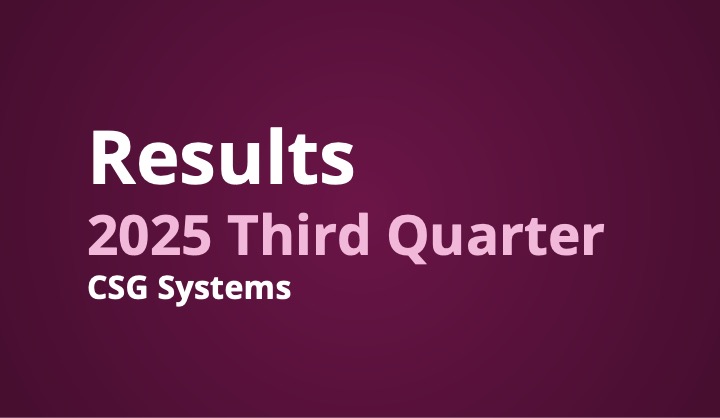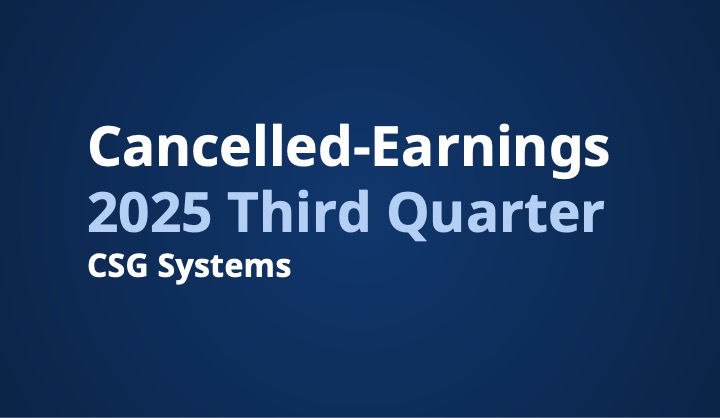You’ve booked a hotel for a conference: great location, spacious room, everything you need.
A week later, someone mentions the hotel’s complimentary car service. “Game-changer,” they say.
Wait. Car service?
Turns out your room included free airport transfers, early check-in, access to a spa and other perks—but no one told you. You never used them. Now you’re annoyed 1) at yourself for missing out and 2) at the hotel brand for not making those perks clear.
That’s how customers feel when they realize that they haven’t been taking full advantage of what they had with your brand, often after canceling a service or switching providers. Whether it’s unused features or unclaimed perks, there’s a cost to under-engagement—not just for customers who miss out, but for the brand that misses opportunities to solidify loyalty.
This matters because loyalty is directly related to customer lifetime value (CLV), which we all know is a key metric showing long-term business growth. McKinsey has found that companies that prioritize CLV see significantly higher returns on marketing investments, especially when they personalize offers and communications based on customer behavior and value. According to PwC, loyalty is a “growth engine that drives your most valuable customer relationships.”
How can you keep customers coming back for more? By connecting them to what they want most from your offerings—in other words, improving feature adoption. When you help customers take full advantage of your products and services, they get more value out of the relationship, and they’re less likely to churn.
But you can’t just hope that customers will find their way to those sticky features and benefits that will keep them with your brand. You have to show them, and with tailored communications that break through the noise.
That could be…
-
- Showing a customer how to activate a feature they’ve never used but would likely love, based on their behavior
-
- Reminding them of a benefit they’re already paying for but haven’t tapped into
These are points that well-trained retention agents bring up with customers who call to cancel. Except you can send them proactively through personalized communications, helping to prevent those cancellation calls altogether.
Brands that can use personalized, proactive communications can improve CLV, average revenue per user (ARPU) and other key growth metrics. To learn why this approach matters, get ideas for deploying it, and see what it takes to do so, read on.
Help Customers Unlock the Full Value of What You Offer
Besides the quality of the product/service, the most cited reason customers keep buying from a brand is “it’s easy to find and purchase its products and services” (35%). You could extend that idea to feature adoption—connecting customers to the value-adds they’d appreciate so they don’t have to seek them out on their own.
That means
- Getting proactive: Encouraging customers to explore and enjoy the features and functionality that make your product or service worth sticking with.
- Getting personalized: Presenting customers with the features they would find most valuable according to their individual history and behavior data.
You can showcase the value of product or service features through messages and, when appropriate, short videos with engaging prompts like “Did you know?” You can highlight value-added features and services that provide convenience, account security and other advantages.
Here are other industry-specific examples:
Telecom
Cable, wireless and internet service providers often include value-added services to enhance customer satisfaction, differentiate their offerings and provide additional benefits beyond basic connectivity. But customers won’t always discover those extras on their own, so it pays to remind them what’s available.
Here are a few features worth surfacing through proactive, personalized messaging:
- Streaming services or premium channels included in their plan
- Security tools like antivirus software, firewall protection or parental controls
- Wi-Fi management apps that let customers manage their home network, grant guest access or troubleshoot issues
- Temporary speed boosts during peak usage times or special events (like streaming a live sporting event)
- International roaming plans that can be activated before travel
- Device protection plans, such as insurance for smartphones or tablets
Insurance
Many customers only think about their auto or homeowners’ insurance when they need to file a claim. That means they’re often unaware of the full range of benefits their policy includes, and these benefits can make a big difference when it comes to retention—especially as premiums rise.
Proactive, personalized reminders can help customers see the full value of their coverage. Consider highlighting:
- Roadside assistance included with auto policies
- Telematics-based discounts for safe driving habits
- Access to emergency home-repair services for homeowners
- Home security discounts tied to eligible devices or services
Financial Services
To many consumers, a checking account is a checking account, especially when fees and features feel interchangeable across banks. That’s why it’s critical to highlight the services that make your institution stand out. These value-adds both differentiate your brand and help customers manage their money more confidently and conveniently.
Use personalized messaging to spotlight features like:
- Overdraft protection that helps avoid fees and declined transactions
- Financial management tools for budgeting, tracking expenses and setting savings goals
- Access to financial planning services—even if just a quick consult or digital guide
- Credit monitoring and identity theft protection to help customers stay ahead of risk
Healthcare
Healthcare providers and insurers aren’t just there for people when they’re sick. Many offer services that support wellness, prevention and peace of mind. Patients don’t always know what’s available to them, however.
That’s why it’s worth highlighting programs that can improve health outcomes while saving time or money. Consider using personalized outreach to promote:
- Preventive care like annual checkups, vaccinations or health screenings (e.g., cholesterol, breast cancer)
- Telemedicine and virtual care options for convenient access to providers
- Wellness programs such as fitness center discounts, weight management support or smoking cessation resources
- Prescription savings programs that help reduce out-of-pocket costs
Think about what types of customers would most enjoy or benefit from a feature. What behaviors, events or combinations thereof should trigger a reminder or notification about that feature? Maybe it’s a customer who just booked a trip abroad. That’s perfect timing to surface international coverage options.
The more relevant the message, the more likely it’ll be welcomed—and acted on.
The Tech That Turns Features Into Loyalty Drivers
Delivering personalized, well-timed messages at scale takes more than strategy. It’s also a matter of data infrastructure. Brands need real-time access to customer behavior, preferences and lifecycle context, plus the ability to act on that data instantly. That means orchestrating interactions across systems, channels and teams without losing track of where the customer is and what they need.
With a customer engagement platform, brands can deliver targeted communications and promotions to the right customers at the best time, prompting them to take actions that support both customer and business goals. Here’s how it works:
Customer journey analytics identifies and predicts customer needs and preferences by analyzing real-time data stored in each customer data profile, including:
-
- Product/service usage history (such as pay-per-view purchases, mobile app download)
-
- Account activity (such as overdraft fees or data overages)
-
- Purchase behavior and channel engagement
-
- Interaction history (like reasons for contacting customer care)
-
- Tools and features customers use—or haven’t yet explored
A real-time decisioning engine determines what message to send, based on customer context and business rules. For example, it might send an offer for a premium sports package to a customer who frequently watches pay-per-view fights and football games. Or it could deliver a short video demonstrating budgeting tools in a banking app to a customer who regularly incurs non-sufficient funds fees.
The journey orchestration system sends the relevant message to each customer via the channel that is likely to get the fastest response (based on journey analytics). It also acts as a kind of air traffic controller over customer communications, suppressing irrelevant or poorly timed messages.
This is how brands move beyond generic outreach toward meaningful engagement. By combining real-time insights, intelligent decisioning and coordinated delivery, you can surface the right features at the right time—before customers go looking elsewhere or churn out. Whether it’s a reminder to activate a benefit, explore a new tool or take advantage of a service they didn’t know they had, these messages don’t just drive adoption. They deepen the relationship.
All of these capabilities come together in CSG Xponent—an award-winning customer engagement platform built to deliver personalized, proactive communications at scale. From journey analytics to real-time decisioning and omnichannel delivery, Xponent helps brands drive feature adoption, deepen loyalty and grow customer lifetime value.
Deepen Customer Relationships With CSG Xponent
Want to see how it works to help retain customers?











